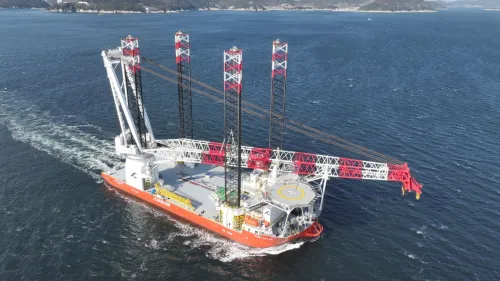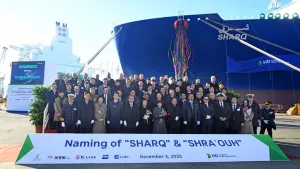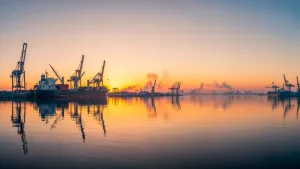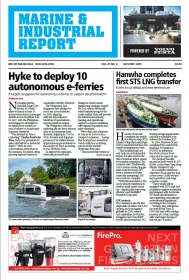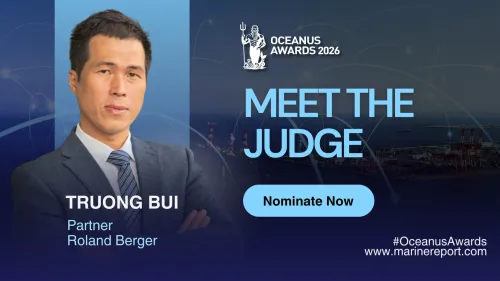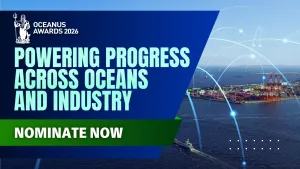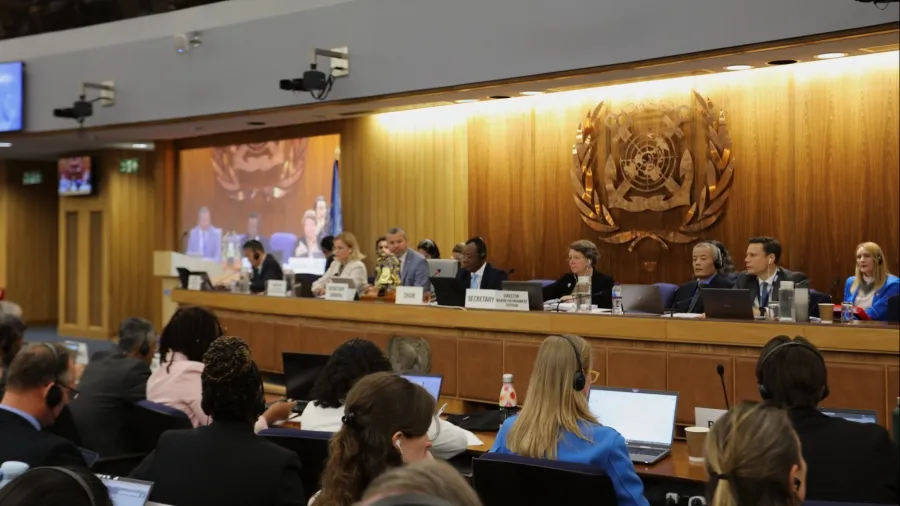
Greening the shipping industry: What the approval of the IMO carbon pricing proposal means for Singapore
By Dr Li Hongyan and Dr Kim Jeong WonShips around the world may be subject to the world’s first carbon pricing system in the maritime sector by 2028.
On 11 April 2025, the International Maritime Organisation (IMO) took a major step forward by approving the first-ever carbon pricing mechanism for international shipping.
According to the approved proposal, known as J9, ships around the world may be subject to the world’s first carbon pricing system in the maritime sector by 2028. Singapore — a proactive initiator of the proposal and a leading global maritime hub — now faces both challenges and opportunities that could reshape its economy, port operations, and climate leadership in the years ahead.
The J9 proposal, co-sponsored by Singapore and Norway, features a two-tier carbon pricing mechanism that combines a credit trading scheme with a global fuel standard. Vessels over 5,000 gross tonnes must meet the annual greenhouse gas fuel intensity (GFI) benchmarks, consisting of a minimum base target and a more stringent direct compliance target (DCT).
Whereas ships outperforming DCT can generate tradable credits (surplus units), ships failing to meet the base target must purchase surplus units or pay US$380/tCO2e (S$491/tCO2e) on emissions exceeding the threshold. Ships that meet the base target but fall short of DCT must pay US$100/tCO2e (S$129/tCO2e). Starting from 2028, the ships are required to reduce their GFI by 4% (base target) – 17% (DCT) compared to 2008 levels.
These targets will be tightened annually to ensure the industry keeps making steady progress. This carbon pricing scheme, combined with GFI requirements, is expected to mark a significant shift for the industry where most ships still run on heavy fuel oil, one of the dirtiest fossil fuels.
For Singapore, a central player in global shipping, these requirements carry far-reaching implications, not only for compliance but also for competitiveness, innovation, and its leadership in green shipping. Singapore’s trading volume is more than triple the size of its economy, with total imports and exports equivalent to 326% of its GDP in 2024. The vast majority of this trade relies on maritime transport.
Singapore handles over 3 billion gross tonnes of vessel arrivals each year and maintains one of the world’s largest ship registries, with more than 4,000 vessels flying the Singapore flag. This dual role as both a major port state and flag state gives Singapore the responsibility as well as the opportunity to shape the future of maritime decarbonisation.
The 4% reduction in GFI, or base target, is relatively inexpensive to achieve. Most ships may be able to meet this requirement through operational improvements such as route optimisation or by blending in a small percentage of cleaner fuels like LNG or biofuels. However, achieving the 17% reduction and the incremental reduction targets will require a more fundamental fuel switch to zero and near-zero emissions marine fuels like green hydrogen-based ammonia and methanol, which are much cleaner but more expensive and not yet commercially or technologically viable at scale.
This move puts pressure on Singapore’s shipping industry to restructure its fleet since companies that adopt low-carbon vessels early may gain market power. Indeed, global leading shipping companies have begun expanding their low-carbon fleet by introducing LNG and methanol dual-fuel containerships and installing more scrubbers.
In the short term, these changes will impose cost pressures on shipping companies, particularly smaller companies and operators with long-haul, fuel-heavy routes, and possibly on final consumers through price pass-through. However, in the medium term, early movers stand to benefit.
Ships that meet or exceed targets will avoid carbon levies and be well-positioned for even stricter regulations in the future. Moreover, they can attract sustainability-conscious cargo owners.
For example, the Zero Emission Maritime Buyers Alliance, formed by global giant shippers, including Amazon, Patagonia, and Nike, selected a shipping company for its members through a tender with an aim of reducing greenhouse gas emissions from maritime shipping by at least 90% compared to fossil fuel-powered shipping.
As more consignors prefer low-carbon shipping, driven by their ESG (environmental, social, and governance) management, transitioning to low-carbon fuels will enable Singapore’s shipping companies to gain a competitive edge in the global shipping market beyond merely complying with international rules. Furthermore, Singapore has an opportunity to lead regional green shipping, positioning itself as Asia’s green port.
In this evolving landscape, policy support to accelerate the adoption of low-carbon vessels and port infrastructure will be increasingly critical. Singapore’s Maritime and Port Authority (MPA) already promotes such measures through its Green Ship Programme, offering 100% rebates on registration fees and tonnage taxes for vessels that adopt zero-emission fuels. Vessels using near-zero emissions fuelled and other low-carbon fuelled engines or exceeding the IMO’s energy efficiency design requirement can also receive 20% to 100% concessions.
Moreover, the MPA received over 50 proposals for developing green fuel bunkering infrastructure in 2023. To further catalyse progress, the government has committed more than S$300m (US$232m) to support maritime decarbonisation. These investments are part of an effort to build a green maritime ecosystem that includes clean energy innovations, sustainable logistics, and new opportunities in marine engineering and workforce development.
Meanwhile, following the implementation of the IMO carbon pricing, other governments and international organisations may strengthen sustainable maritime policies and introduce additional regulations. Such regulatory changes may reshape the global shipping market structure and ask shipping companies to create new business models to adapt to the latest market and competitive dynamics.
Therefore, in addition to the financial incentives, the government can support the shipping industry by hosting various information-sharing sessions to enhance understanding of relevant issues.
The IMO’s carbon pricing proposal is anticipated to contribute to not only supporting marine environmental protection and climate change mitigation but also laying the groundwork for the sustainable development of the shipping sector.
With the world watching, Singapore can lead this development by example — not merely adapting to maritime decarbonisation but defining what it means to be a truly green and future-ready port city.

